Painting can significantly enhance wide range of building functional characteristics. Painting offers shield from chemical attack, UV light, abrasion and other environmental factors such as extreme solar heat and moisture. Protective paint coatings are specially very effective in protecting houses. It is very important to choose exterior/interior paints that offers the level of protection anticipated.
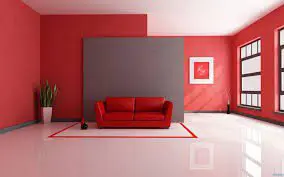
Painting is also a quick and economical way to give your old looking home fresh and new look or to make your house more sellable/rentable if you are putting it on the market. Find out simple way of selecting perfect paint matching your requirements.
Also Read: How Much It would Cost to Paint a 1000 Sqft House
Benefits of Painting:
- Improves the functionality of the building:
Painting can considerably enhance wide range of building functional features. For example, many homeowners spend a lot of money in heating and cooling their homes. White wall and roof coating provides reflectivity thus saving the energy you could have used to cool your home. The use nanotechnology in paint formulations provides unique additives and pigments that bring special functional properties paint which enhances the functional as well as visual properties of surface painted.
- Environmental friendly:
With global warming and climate change, most paint manufacturers are moving away from the solvent based paints which have detrimental effects on environment towards more safe waterborne coatings.
- Economical:
Paints can help you save the money you spend to clean your home as painting prevents growth of weeds which require a lot of money to eliminate. In addition, it is also easier to clean painted surfaces because the paint protects surfaces from stains, it also prevents grime and dirt from becoming embedded into the surface.
Good paint should be resistance to wear and tear. Should maintain it colors and remain effective for a good period of time.
However, the efforts are required for select the right type of paint and more importantly how they are applied on surfaces.
Checklist for Painting Work in House Construction
Checks and tips for Starting Painting
- Check that painting material (i.e. colour shade, paint, brand, water based, oil based) to be applied is as per requirement,so that there will not be regret after work done.
- Ensure that brushes/ bristles are of good (soft,porous) quality so that it will not create patches on walls.
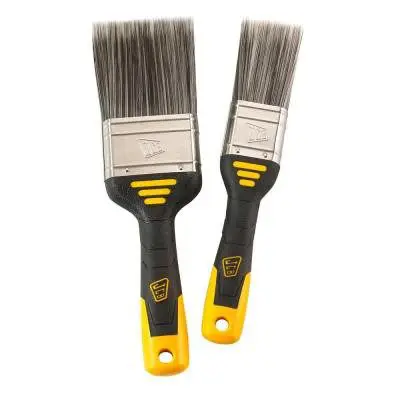
- Ensure that scaffolding used by contractor is rigid and strong enough so that painter can easily work by standing on it.
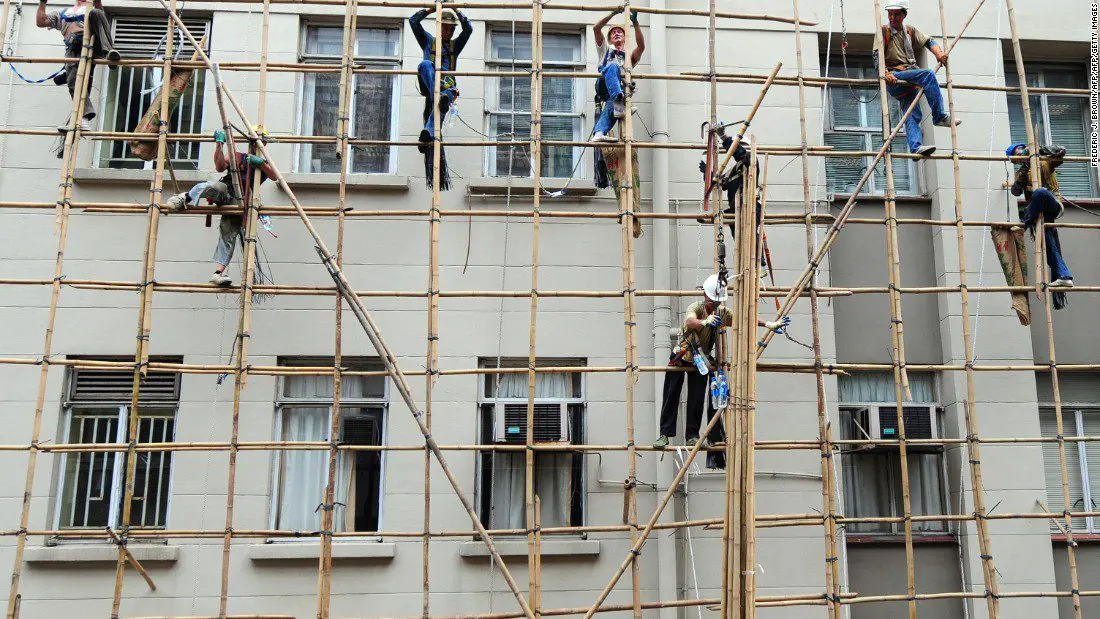
- Cover all surfaces (Floor,Furniture,Equipment etc.) which is not intended to paint.
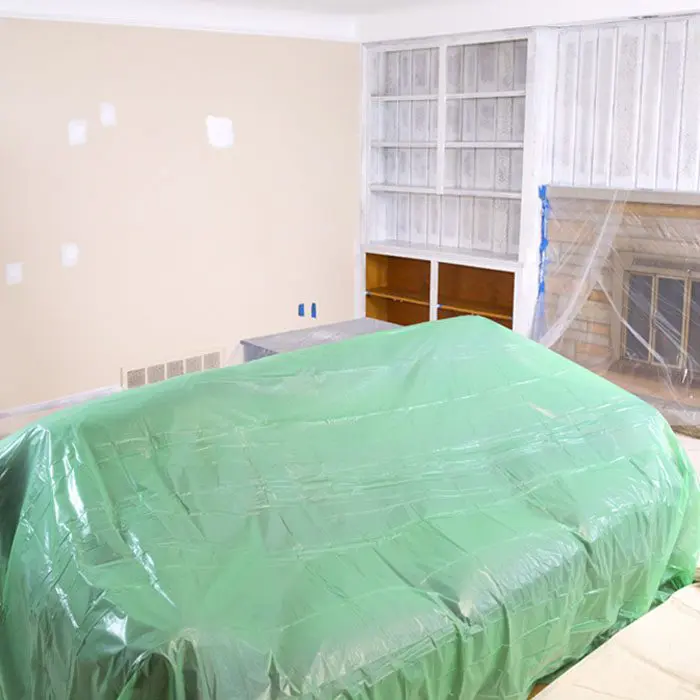
- Before starting painting process surface should properly cleaned from algae,fungus,grease, oil etc. and do anti-fungal, anti -algae treatment which protect from further fungal, algae growth.
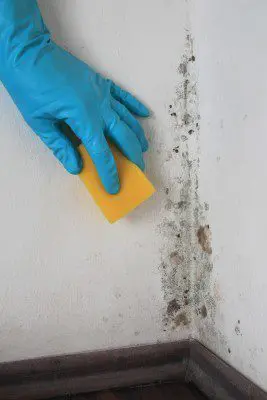
- Check all surface to be paint is waterproof and there is no dampness and if there is any water leakage then first rectify these problem.
- If there is any cracks or gaps in walls then fill it properly with suitable readymade sealant and if cracks are narrow, prepare “v” shape groove and then fill it with sealant.
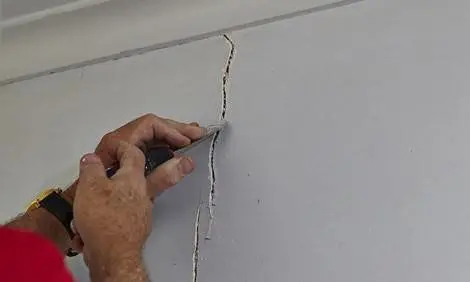
- If there is painting of new construction then make sure that curing of plaster is completed.
- Ensure that surface to be paint is completely dry .
Also Read: Common Defects in Painting and Their Remedies
Tips during Painting Work
- Putty is applied on walls (internal) to overcome surface unevenness and to give smooth final finish
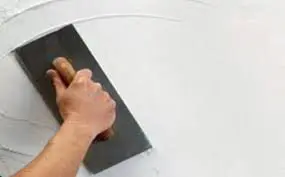
- Apply a primer coat; primer paint is a preliminary layer of coating that is applied on the materials prior to the paint. It ensures that the paint adhesion to the surface is proper, enhances the durability of paint, and imparts extra safety to the surface being painted
- The blending of thinner and paint should be done in appropriate ratio as recommended by manufacturer
- Always take care that paint required for only one hour of application should be mixed at once
- Always start painting from top floor to ground floor (external paint) ,top to bottom in internal paints
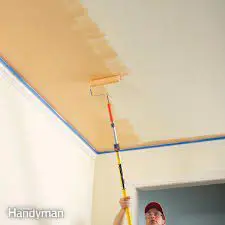
- Brush strokes should always be applied horizontally and vertically alternatively so that it will not create any patchiness on surface alternatively brush rollers can also be used
- After 1st coat applied on a surface at least give 24 hours to dry surface
Checks to be done after Painting
- Ensure that patchiness or brush is not visible over a surface
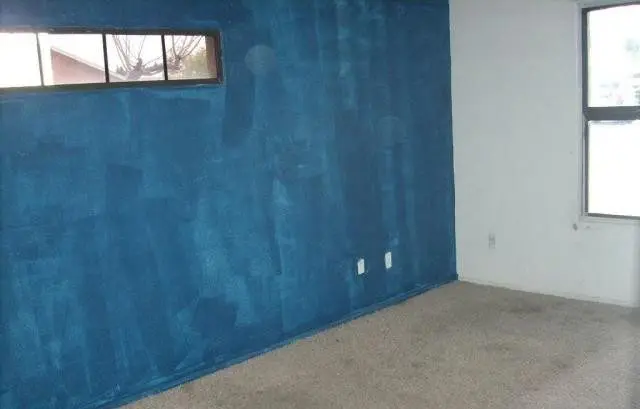
- Ensure that all corners/ edges are in line/level
- Clear all paint drops or spilling at terrace level so that there will be no any marks of paint
- Check all work is in correct uniform shade
- All mucks/waste of paint should be disposed of properly
Happy Painting!!







